- “His jury never heard
- powerful, readily available evidence
- showing that he was misidentified.”
Norberto Peets Is Exonerated in the Bronx After 26 Years
“His jury never heard powerful, readily available evidence showing that he was misidentified.”
05.09.23 By Innocence Staff
(May 9, 2023 — Bronx, NY) Norberto Peets was exonerated today after the court dismissed all charges against him related to a 1996 shooting. Mr. Peets has steadfastly maintained his innocence for 26 years. On Sept. 30, 2022, the Bronx County Supreme Court vacated Mr. Peets’ convictions, and he was released after 26 years of wrongful incarceration. Separate reinvestigations by the Innocence Project and the Bronx County District Attorney’s Conviction Integrity Unit found that Mr. Peets’ trial attorney had not adequately investigated his case, and as a result, had overlooked key evidence that both pointed to an alternate suspect and discredited the eyewitness testimony that had wrongfully convicted Mr. Peets. These investigations also uncovered further evidence of his innocence. Today, all charges were finally dismissed.
“Today is bittersweet. Mr. Peets has lost decades of his life for a crime he did not commit. His jury never heard powerful, readily available evidence showing that he was misidentified. Eyewitness misidentification is the chief contributor to wrongful convictions” said Jane Pucher, Mr. Peets’ Innocence Project attorney. “We are grateful to the Bronx County District Attorney’s Office for reinvestigating this case. Mr. Peets’ courage and perseverance — along with the unwavering support of his family, who have been through this with him — have brought him the justice he deserves. We are overjoyed that he is free, reunited with his loved ones, and has been able to return to his neighborhood, where generations of his family have lived. His close-knit community has welcomed him home and is celebrating his freedom.”
“I am so grateful to my family for all their support,” said Mr. Peets. “Sometimes, I never thought I would see this day. But I knew I had to keep going, and I did.”
The Bronx Shooting
On Sept. 29, 1996, a fight broke out at an elevated subway station at 183rd St. and Jerome Ave. As he ran down the station’s stairs, a Black man shot two Hispanic men and assaulted a third. When two police officers arrived at the scene, the gunman began shooting at them. One of the officers gave chase, exchanging gunfire as the shooter fled the scene. A bloody bullet fragment was found where the gunman had apparently fallen, leading police to believe that the gunman had been shot. Forensic testing was never performed on the bullet, but ballistics showed the bullet had come from the gun of the officer in pursuit of the suspect. By the time the Innocence Project began its investigation, the bullet fragment had been lost.
- “Sometimes,
- I never thought I would see this day.
- But I knew I had to keep going,
- and I did.”
A week after the shooting, on Oct. 6, 1996, Mr. Peets was arrested in an unrelated robbery, for which the charges were later dismissed. One of the officers who had been involved in the Sept. 29 shooting also responded to the scene of the robbery and seeing Mr. Peets in handcuffs and surrounded by officers, said he believed Mr. Peets was the gunman from a week earlier. Mr. Peets was then charged with attempted murder and related charges. At trial, Mr. Peets argued that he had been misidentified and had not been involved in the shooting. Mr. Peets insisted that, at the time of the crime, he had been at home asleep in the apartment he shared with his mother and siblings after returning home from a party earlier that night. Both his mother and two siblings corroborated his alibi at trial and Mr. Peets testified that he had nothing to do with the shooting. Despite this, he was convicted in May 1999 and sentenced to 30 years to life in prison.
Powerful Evidence of Innocence Unexplored
The case against Mr. Peets relied entirely on the unreliable testimony of eyewitnesses. Eyewitness misidentification, as in this case, is the leading cause of wrongful convictions and has contributed to approximately 64% of the 239 wrongful convictions that the Innocence Project has helped overturn.
Prosecutors at trial presented evidence that the suspect had been shot during the police chase and that a bullet fragment with blood on it had been found at the scene where the shooter had fallen. Yet Mr. Peets’ attorney never had a doctor examine him for the presence of a bullet wound. Had his attorney done so, the jury would have heard that Mr. Peets had no scars or evidence of bullet wounds. That evidence would have directly undermined the eyewitness testimony identifying him as the gunman — the only evidence presented against him at trial.
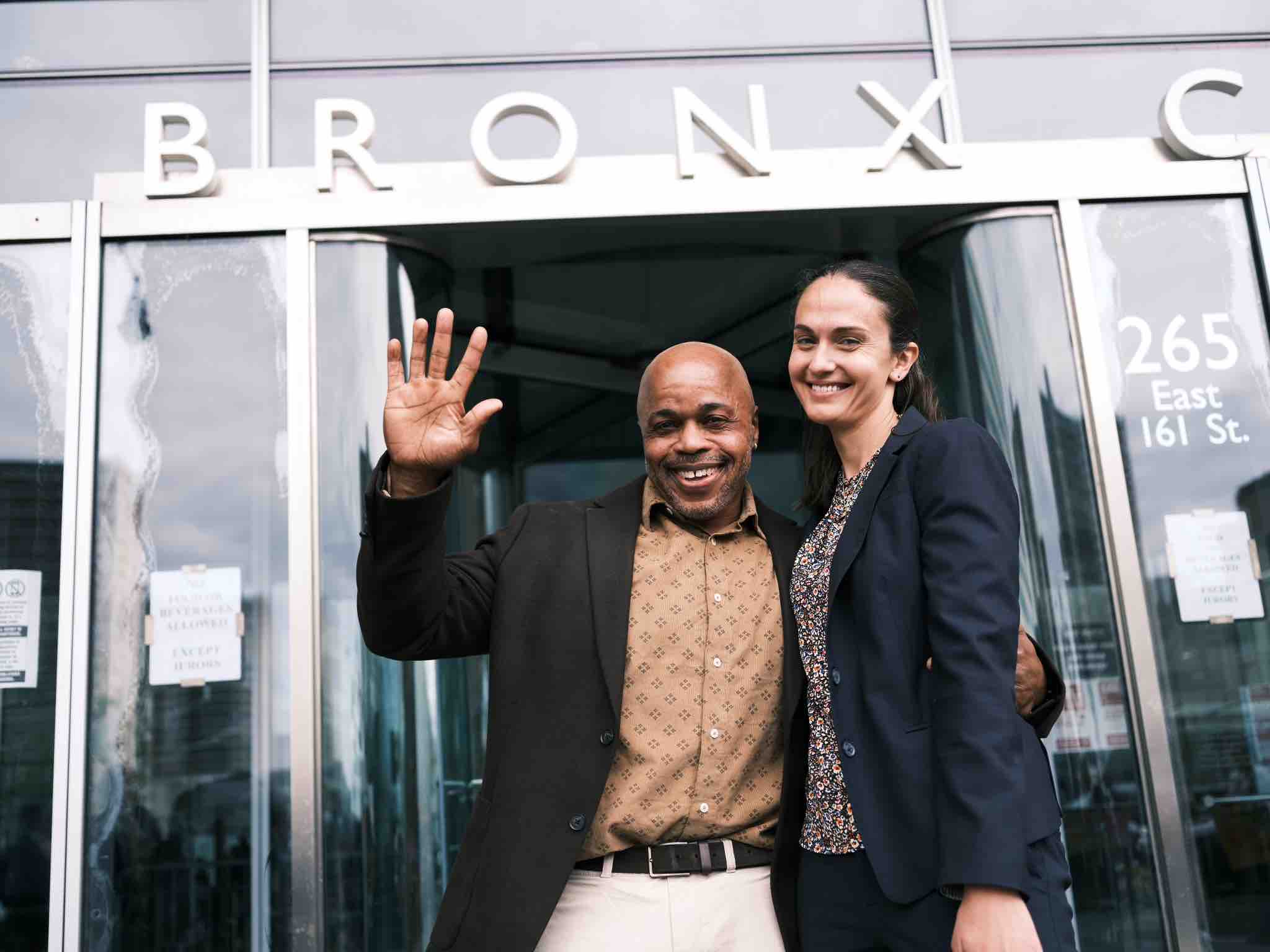

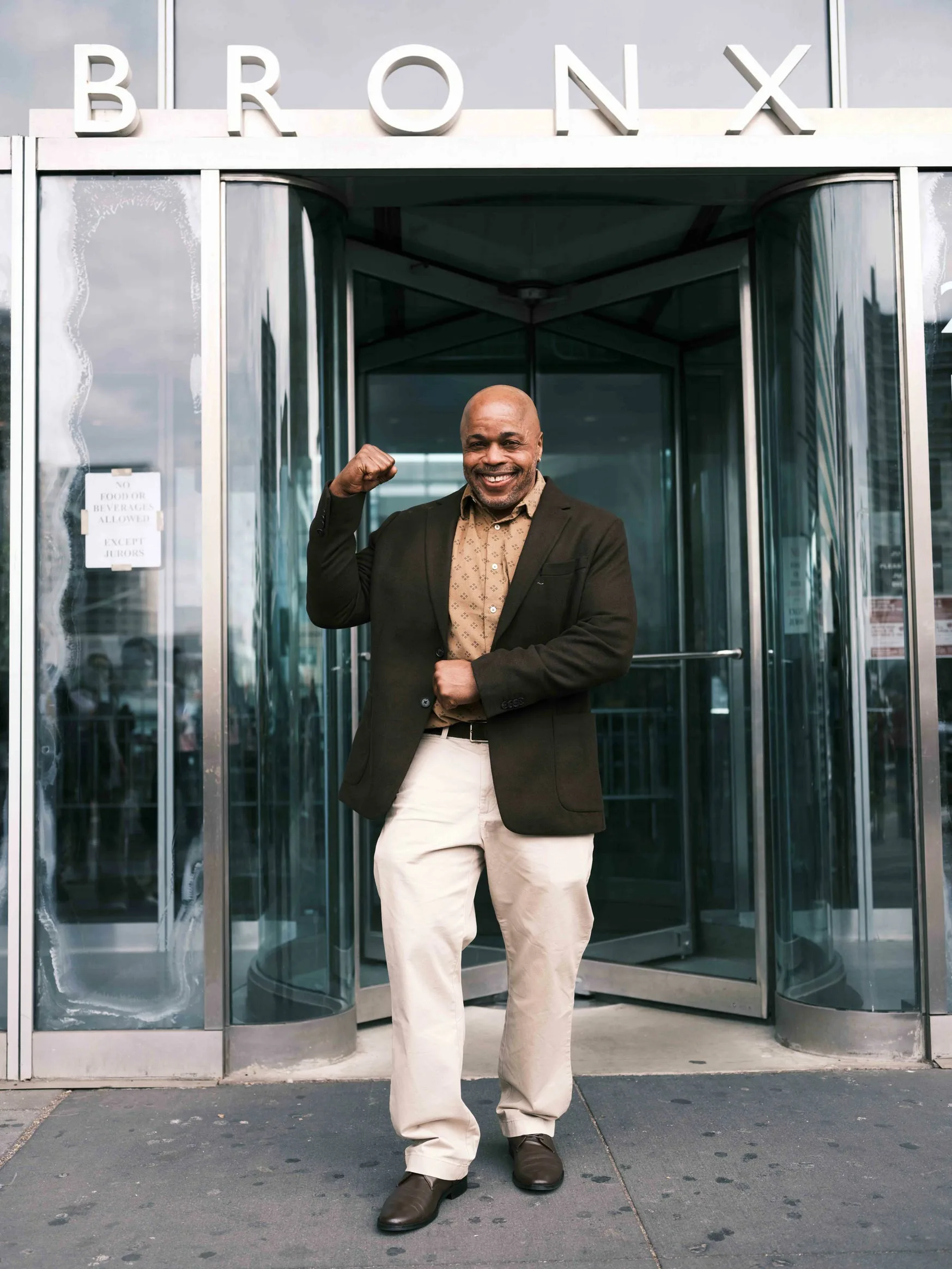
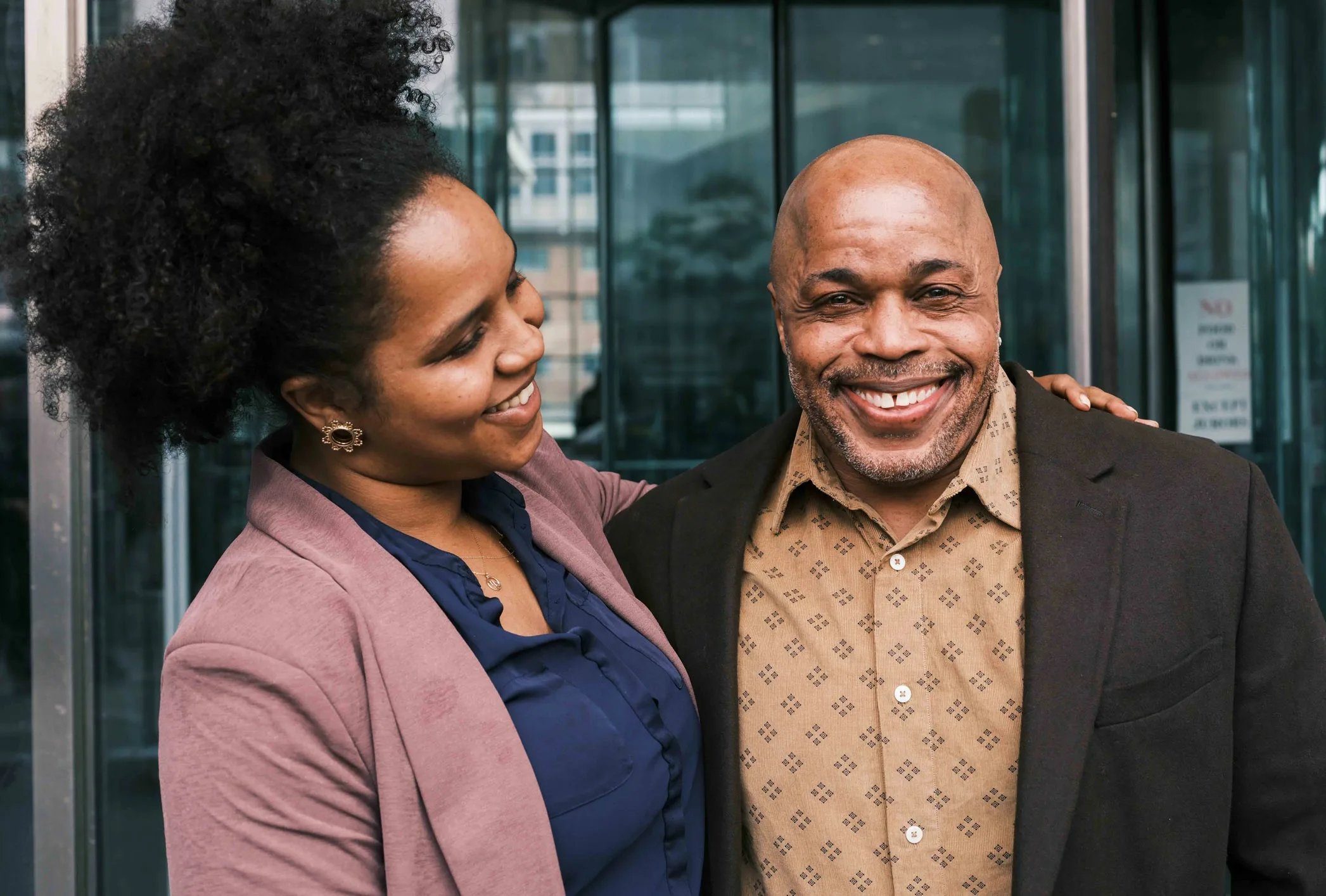
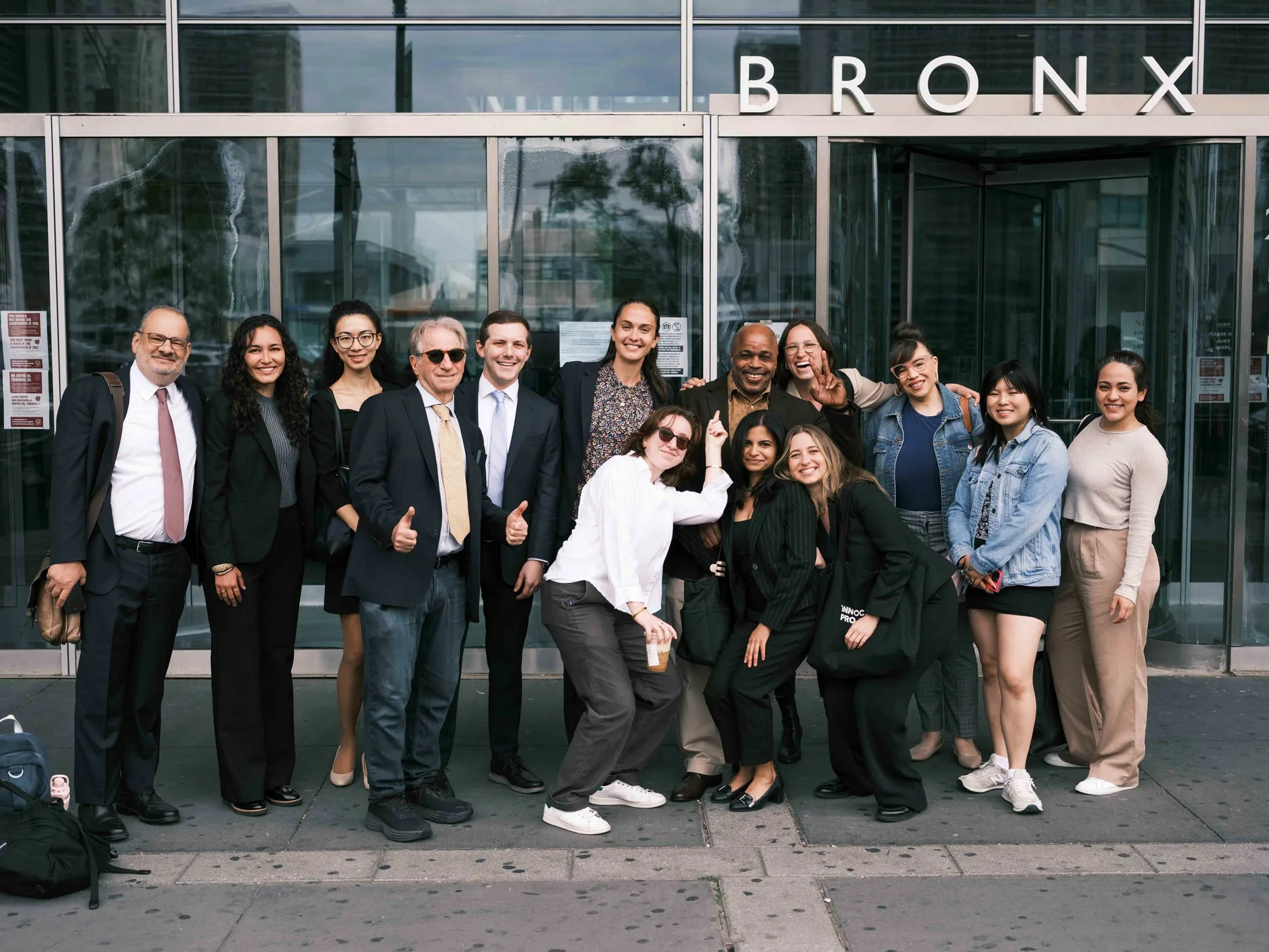
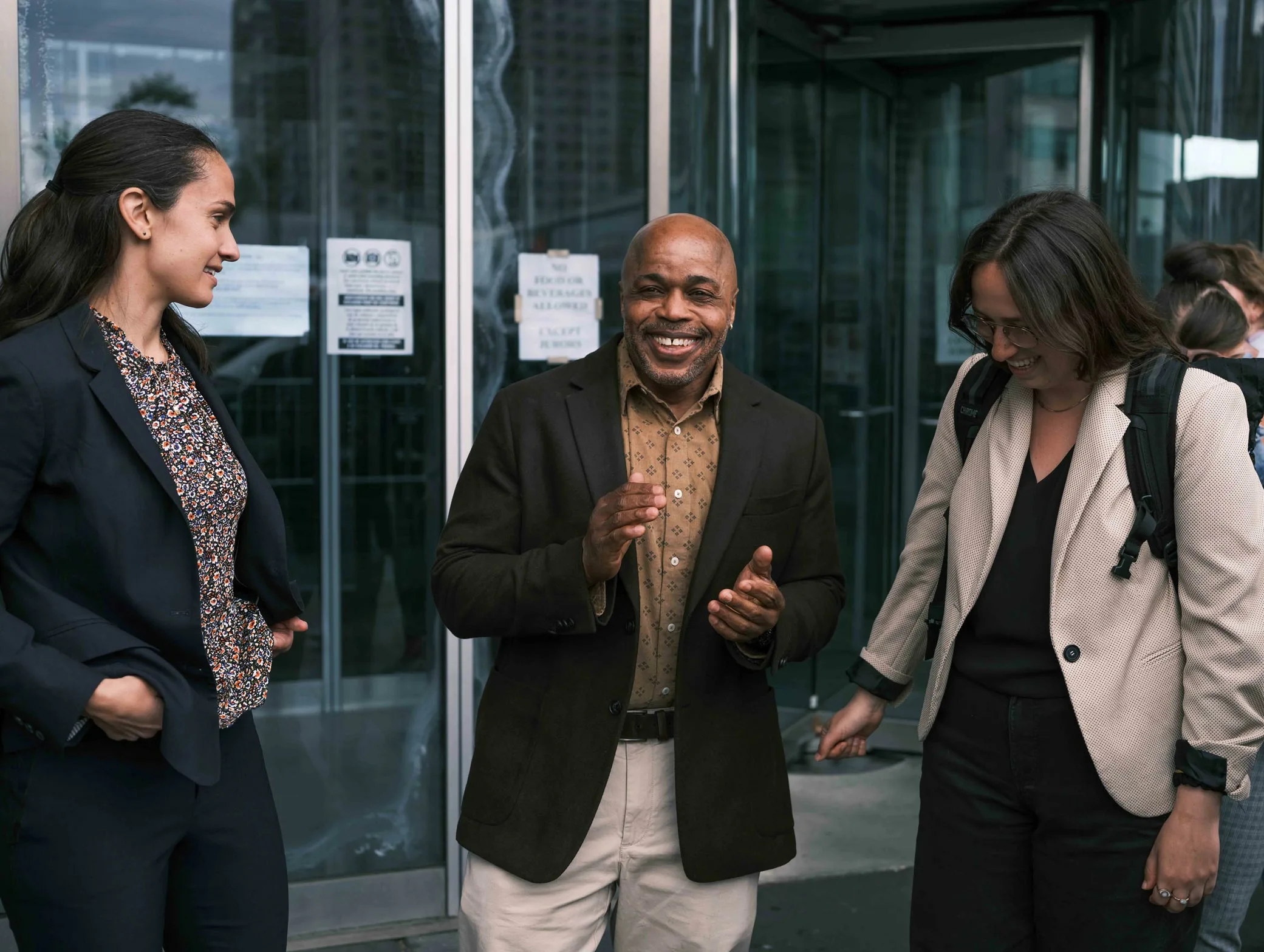
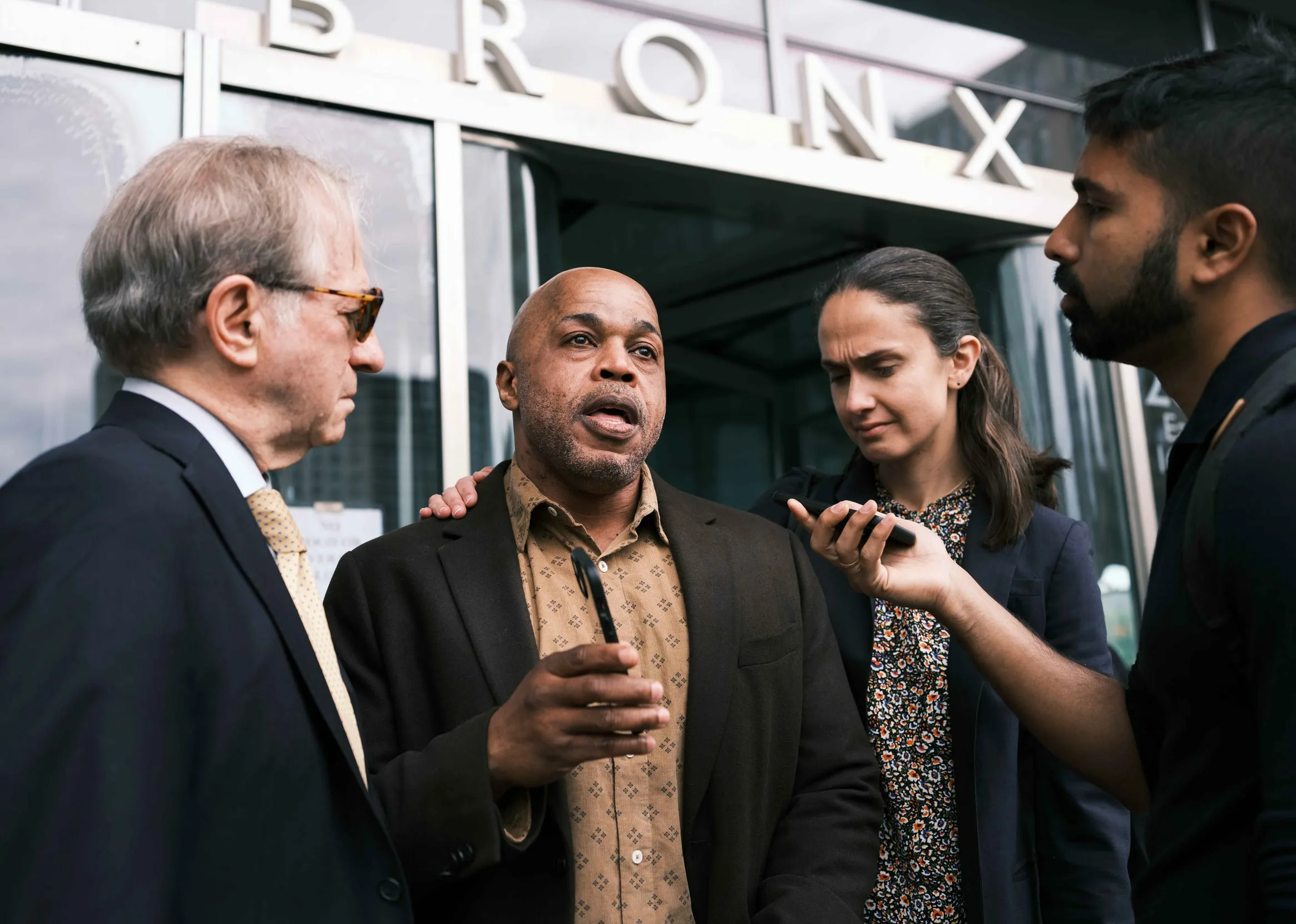
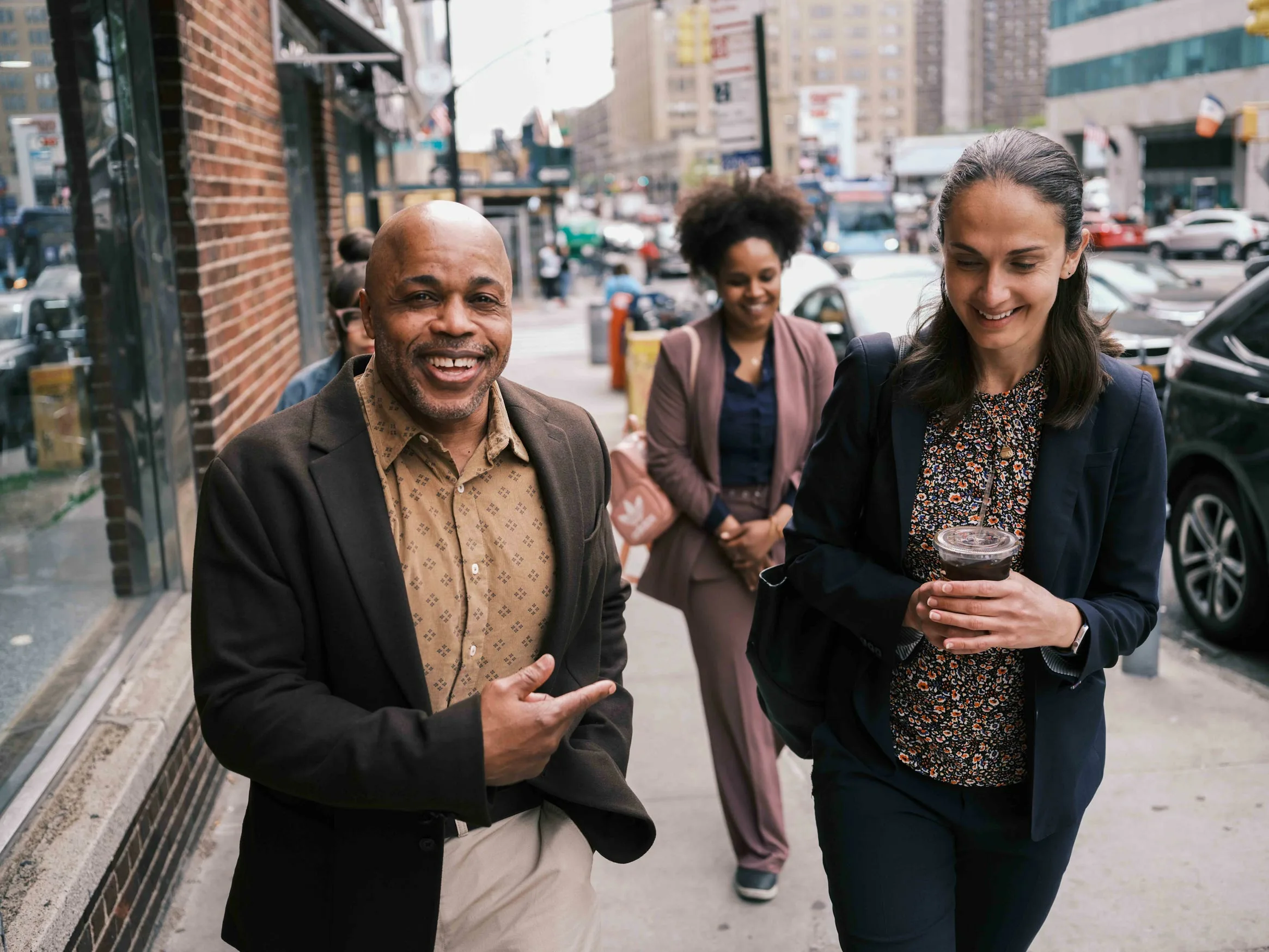


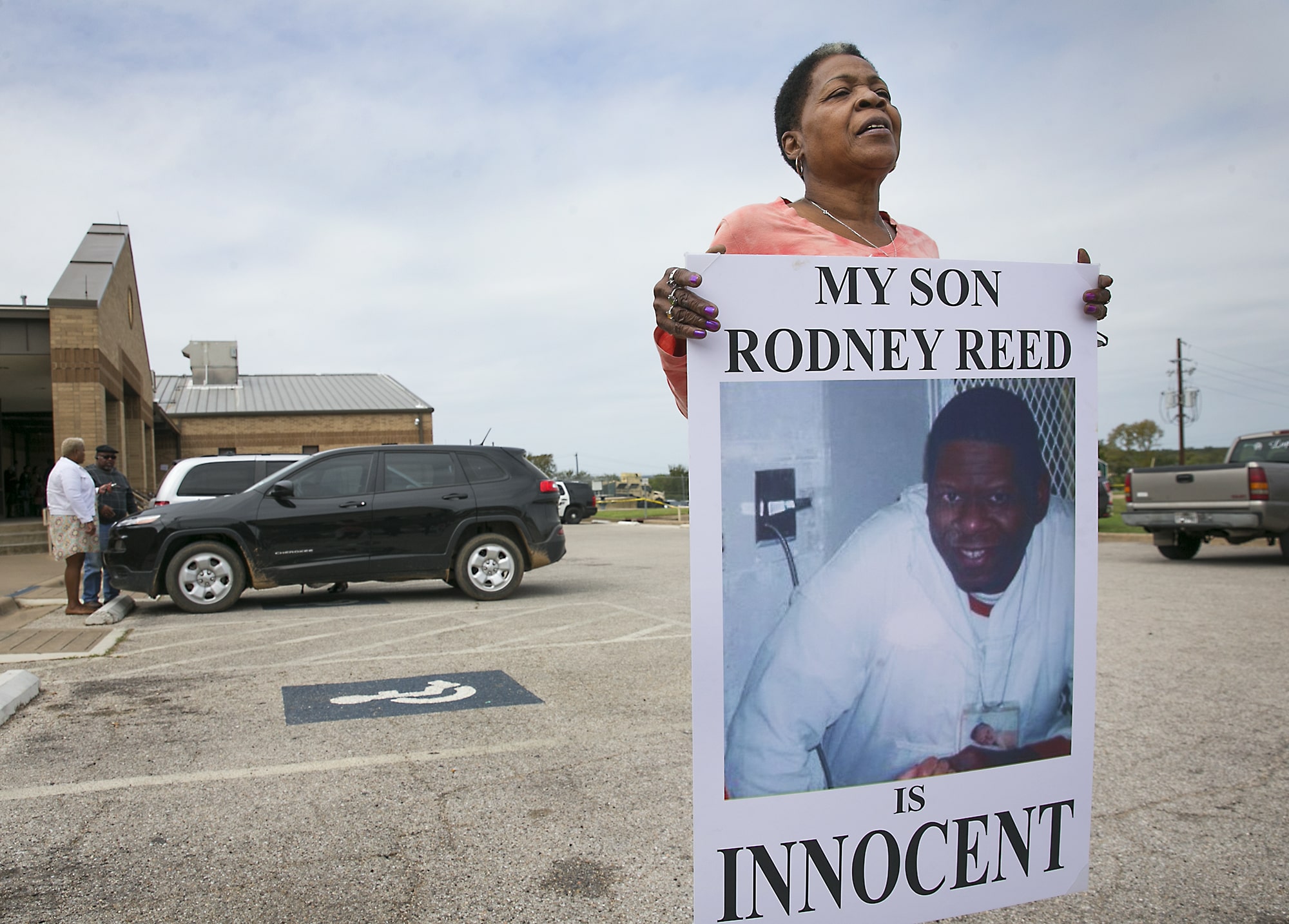
Leave a Reply
Thank you for visiting us. You can learn more about how we consider cases here. Please avoid sharing any personal information in the comments below and join us in making this a hate-speech free and safe space for everyone.